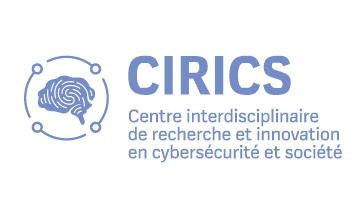A cookie emoji refers to the oven, and therefore to the crematorium. A drawing of a shower
evokes the gas chambers of the death camps disguised as bathrooms. Two lightning bolts
imitate the initials of the SS, organizers and executors of the Holocaust. A pictogram of a little
painter with his brushes, and there’s Hitler, a failed artist from Vienna. The initials TJD (Total
Jewish Death) in fact call for a new genocide.
This is the kind of symbolic hijacking and coded messages that now abound online to enable anti-Semites to circulate their nauseating messages
safe from censors. In French, this rhetorical device is called dilogie. In English, it’s called
dog whistle, in reference to a whistle audible only to the keen hearing of dogs.
The emojis of the digital breviary of hate were exposed and dissected by university researcher Katharina Soemer on Thursday morning at the Holocaust Museum in Montreal.
Her presentation focused on online anti-Semitism. Ms. Soemer directs the
Social Media & Hate lab at Indiana University’s Institute for the Study of Contemporary Antisemitism.
” Antisemitism is constant on social networks, as it is in
society. At the same time, online anti-Semitism is stimulated by [social
political] events,” Soemer summarized. What’s more, social media change very quickly,
and so do the symbols they use.”
The specialist’s presentation attracted around 80 people, mostly women, some from other provinces. The museum’s three-day seminar ends
on Friday. They provide tools for teaching about the Holocaust and for combating anti-Semitism in the real and virtual worlds, where young people flock. The conference also featured images of an influencer wearing make-up online while
delivering a tribute to Hamas.. . Source



